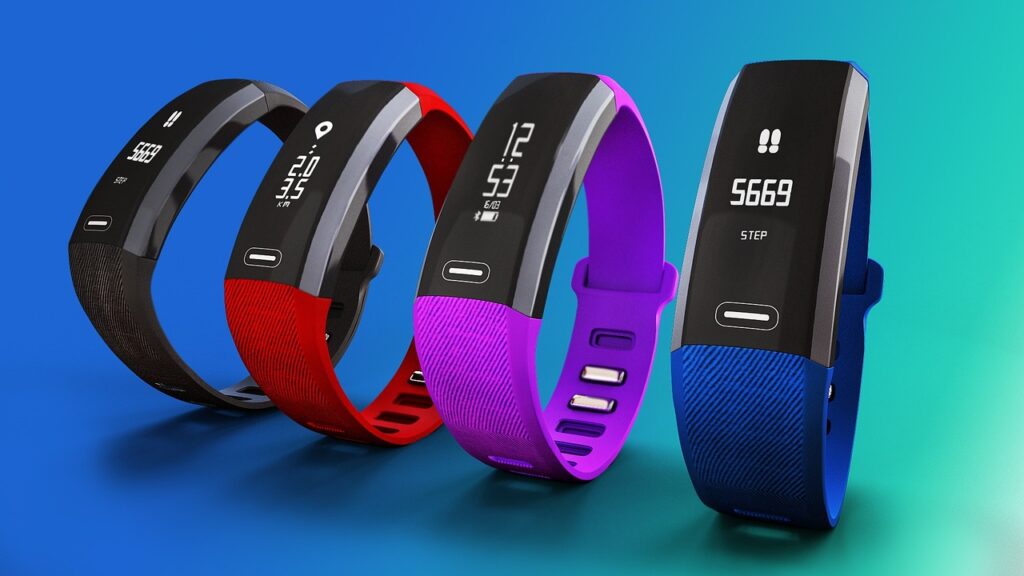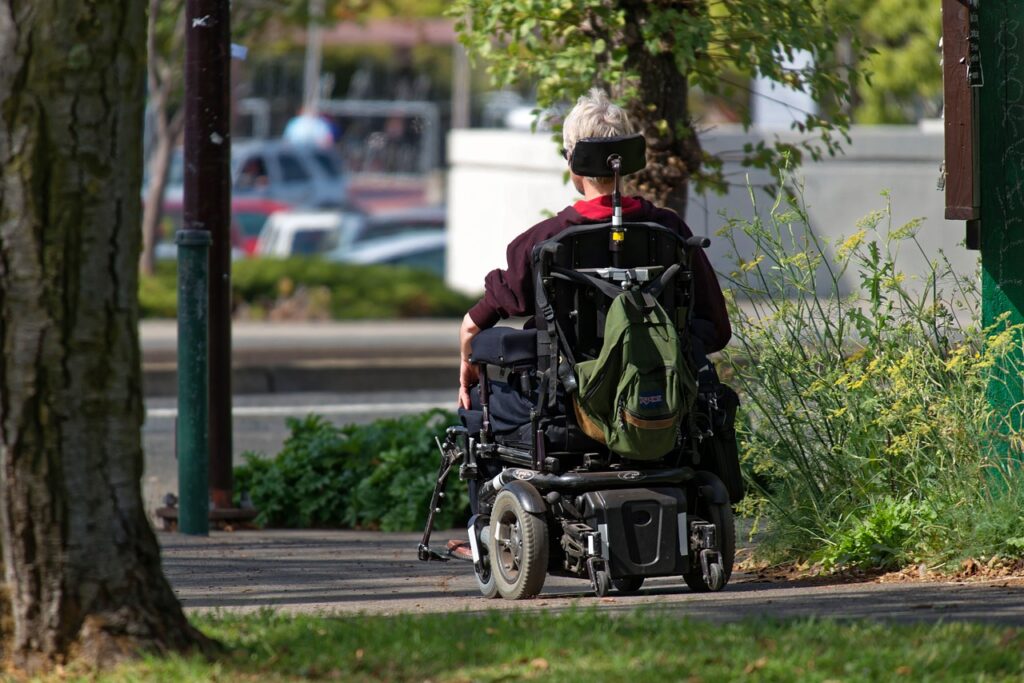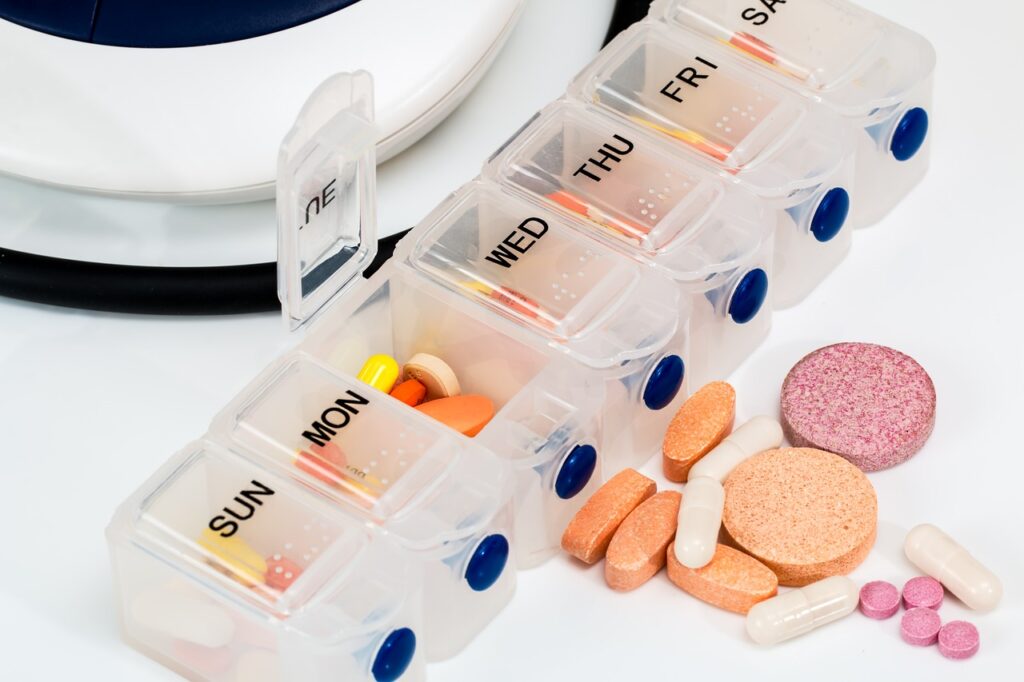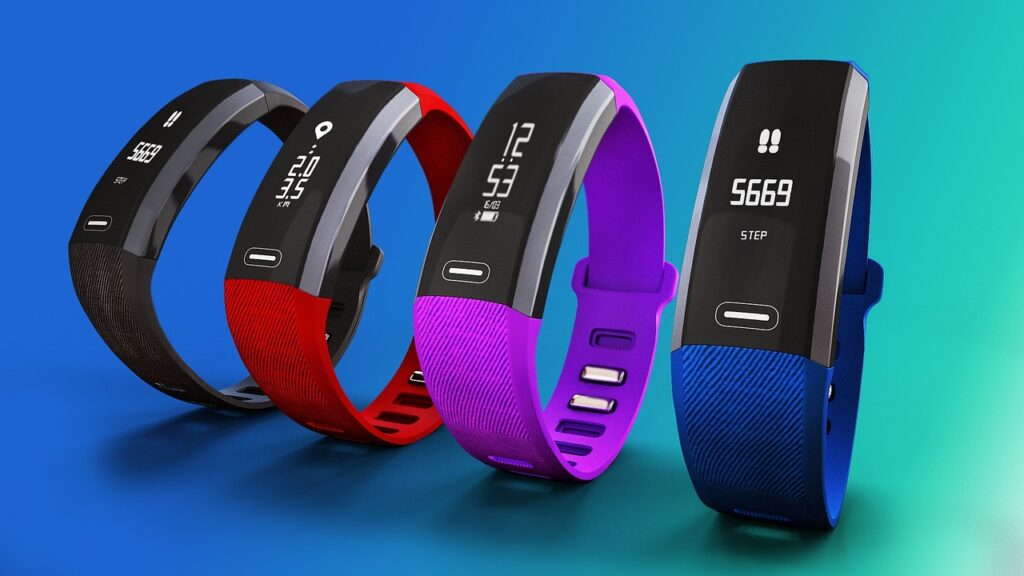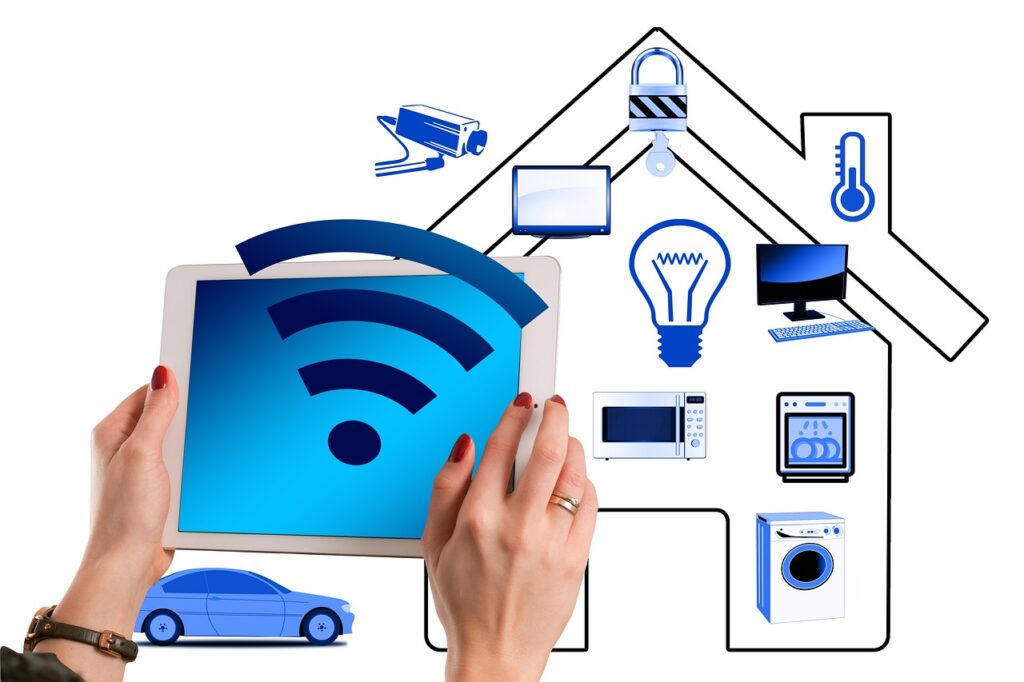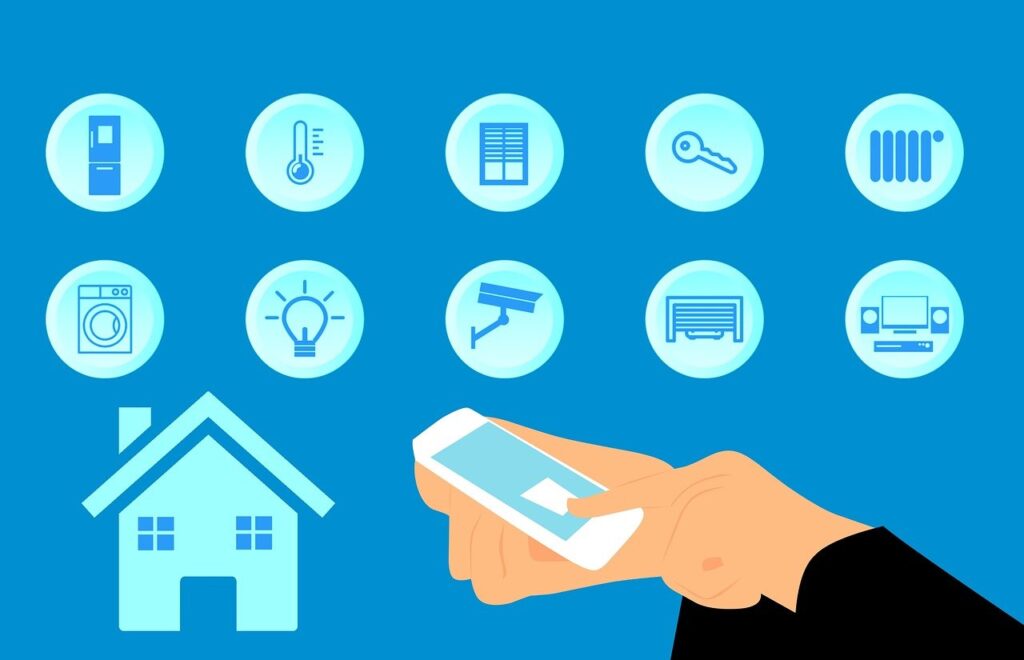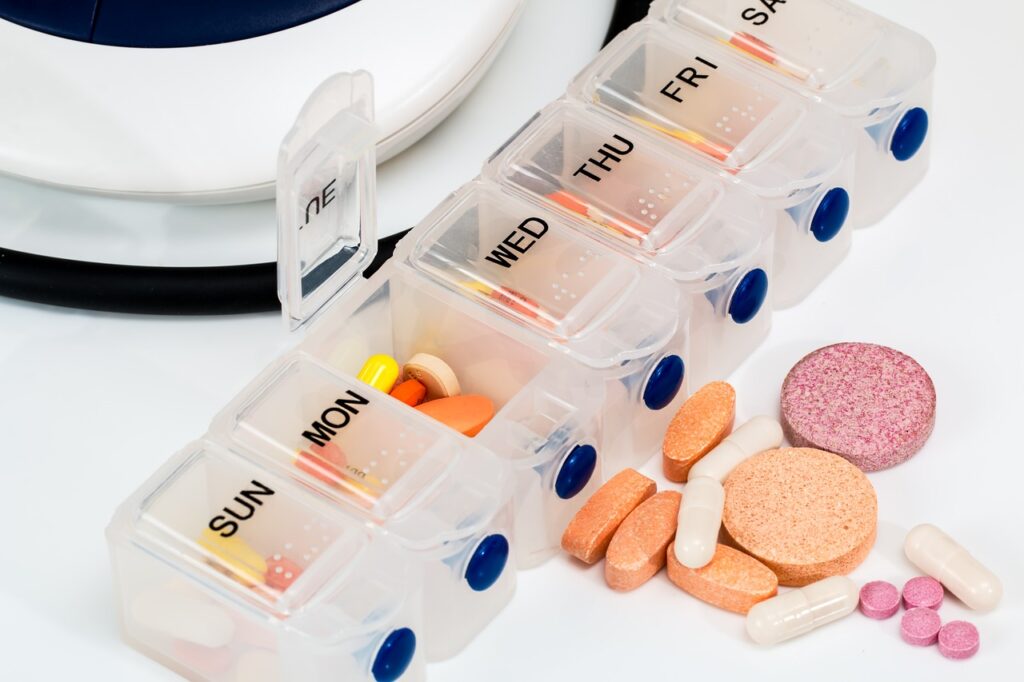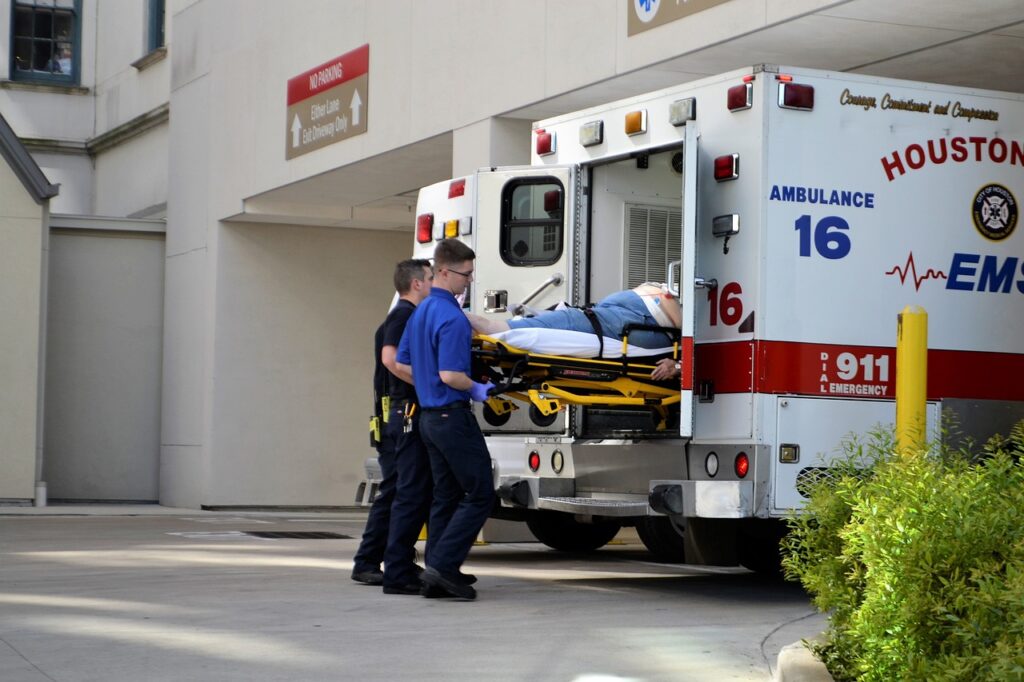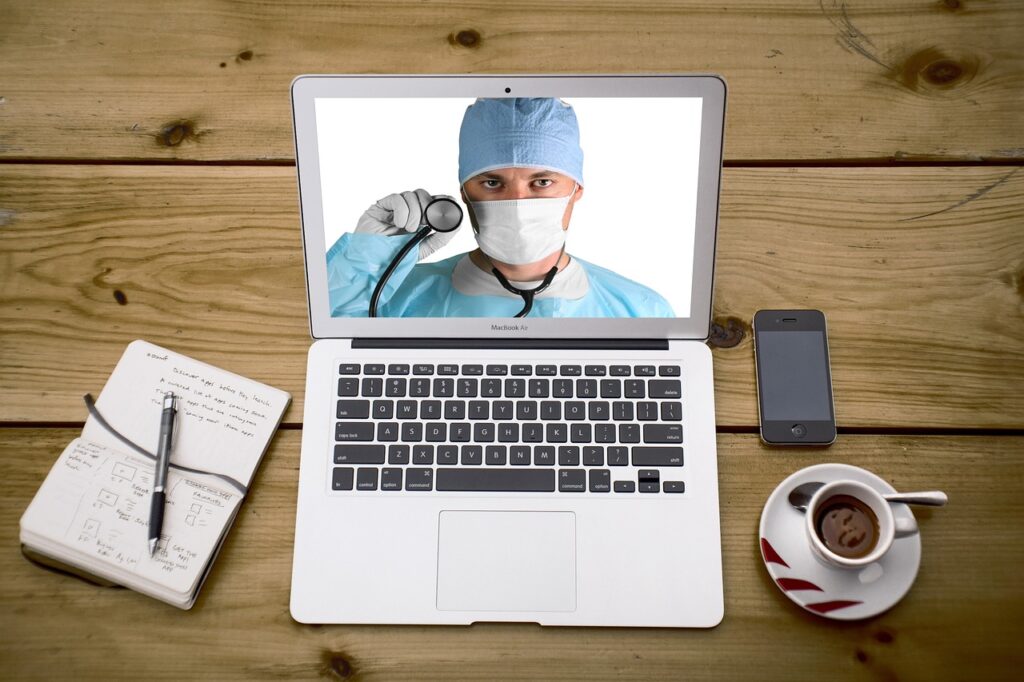
Telehealth. Image by Tumisu from Pixabay
Introduction
In today’s fast-paced world, access to quality healthcare has become more important than ever. That’s where Telehealth and Virtual Care Solutions step in, bringing a new era of healthcare delivery that transcends traditional boundaries. By leveraging technology and the power of connectivity, these innovative solutions are transforming the way we access medical care, providing convenient and personalized services. Let’s explore the world of Telehealth and Virtual Care Solutions and uncover the remarkable benefits they offer.
Telehealth: Bridging the Gap for Seamless Healthcare
Telehealth has emerged as a game-changer, revolutionizing the healthcare landscape. It utilizes digital communication technologies to bridge the gap between healthcare providers and patients, making healthcare services accessible regardless of geographical limitations. Through video consultations, secure messaging platforms, and remote monitoring, Telehealth connects individuals with healthcare professionals, enabling them to receive medical advice, discuss health concerns, and access timely interventions from the comfort of their own homes.
Virtual Care: Redefining the Patient Experience
Virtual Care Solutions go beyond the limitations of traditional healthcare settings, transforming the patient experience. Through the use of technology, individuals can access a wide range of healthcare services, such as remote consultations, virtual clinics, and digital health coaching. Virtual care empowers individuals to take an active role in their own well-being by providing personalized care plans, self-management tools, and real-time health monitoring. It enhances convenience, reduces healthcare costs, and fosters a collaborative approach to healthcare delivery.
Telemedicine: Expert Care at Your Fingertips
Telemedicine is a vital component of Telehealth and Virtual Care Solutions, offering expert medical care remotely. It enables individuals to consult with healthcare specialists through secure video conferencing, eliminating the need for in-person visits. Telemedicine provides access to medical expertise, second opinions, and specialized consultations, irrespective of location. It enables remote diagnosis, prescription refills, and follow-up care, ensuring continuity of care and reducing the burden on healthcare facilities.
Remote Healthcare: Overcoming Geographical Barriers
Remote Healthcare is a game-changer for individuals residing in remote or underserved areas. By leveraging Telehealth and Virtual Care Solutions, healthcare services can reach individuals who face challenges accessing in-person care. Remote healthcare brings medical expertise and specialized services to their doorstep, reducing travel time and expenses. It enables remote monitoring of chronic conditions, timely interventions, and preventive care, improving overall health outcomes and quality of life.
Remote Medical Care: A New Paradigm in Healthcare
Remote Medical Care is the epitome of Telehealth and Virtual Care Solutions, offering comprehensive healthcare services from a distance. It encompasses a wide range of healthcare interventions, including remote consultations, diagnosis, treatment, and monitoring. Through the use of Remote Health Monitoring Devices and digital platforms, individuals can actively participate in their own healthcare, ensuring continuity of care and improved health outcomes. Remote medical care enhances accessibility, reduces healthcare disparities, and empowers individuals to be proactive in managing their health.
Conclusion
Telehealth and Virtual Care Solutions have ushered in a new era of healthcare, making quality medical services more accessible, convenient, and patient-centric. With Telehealth, individuals can connect with healthcare professionals from anywhere, eliminating the barriers of distance and time. Virtual care brings healthcare directly to individuals’ homes, promoting self-management and personalized interventions. Telemedicine offers expert care at a distance, providing specialized consultations and reducing the need for in-person visits. Remote healthcare and remote medical care overcome geographical barriers, ensuring access to healthcare services for all. Embrace the power of Telehealth and Virtual Care Solutions, and unlock a world of healthcare possibilities. Checkout our list of 100 Assistive Technologies that can help living independently.
